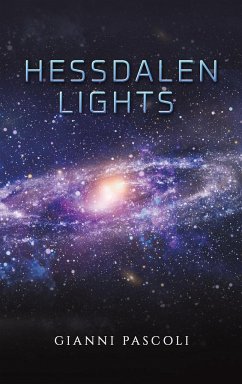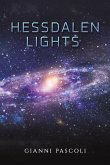Nestled 300 km north of Oslo lies the quaint valley of Hessdalen, home to unique sightings that have puzzled residents and scientists alike. Regular phenomena light up the skies - but are these mysterious lights a portal for communicating with inhabited worlds beyond Earth? For over 30 years, research teams have studied the phenomena yet the secrets of Hessdalen persist. This book explores deeper questions sparked by the valley's unexplained occurrences. Is Earth an ordinary cosmic body among millions, or somehow unique? We know life emerged nearly four billion years ago but still do not fully grasp the physical and chemical processes enabling this. With expanding resources to study space, might we someday soon detect signatures of extraterrestrial life, whether in our solar system or on distant exoplanets? The final part invites philosophical reflection on the acute fragility of our biosphere and humanity's place in the vast Universe. As an astrophysicist at the University of Picardie Jules Verne in France, the author weaves empirical science and speculative inquiry to probe Hessdalen's confounding lights, the exceptional nature of Earth, and the environmental precariousness of this rare life-sustaining planet.
Hinweis: Dieser Artikel kann nur an eine deutsche Lieferadresse ausgeliefert werden.
Hinweis: Dieser Artikel kann nur an eine deutsche Lieferadresse ausgeliefert werden.








